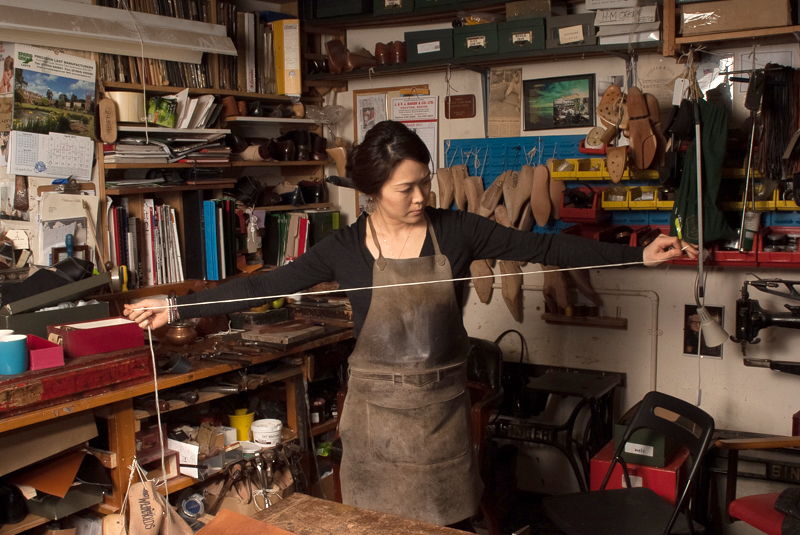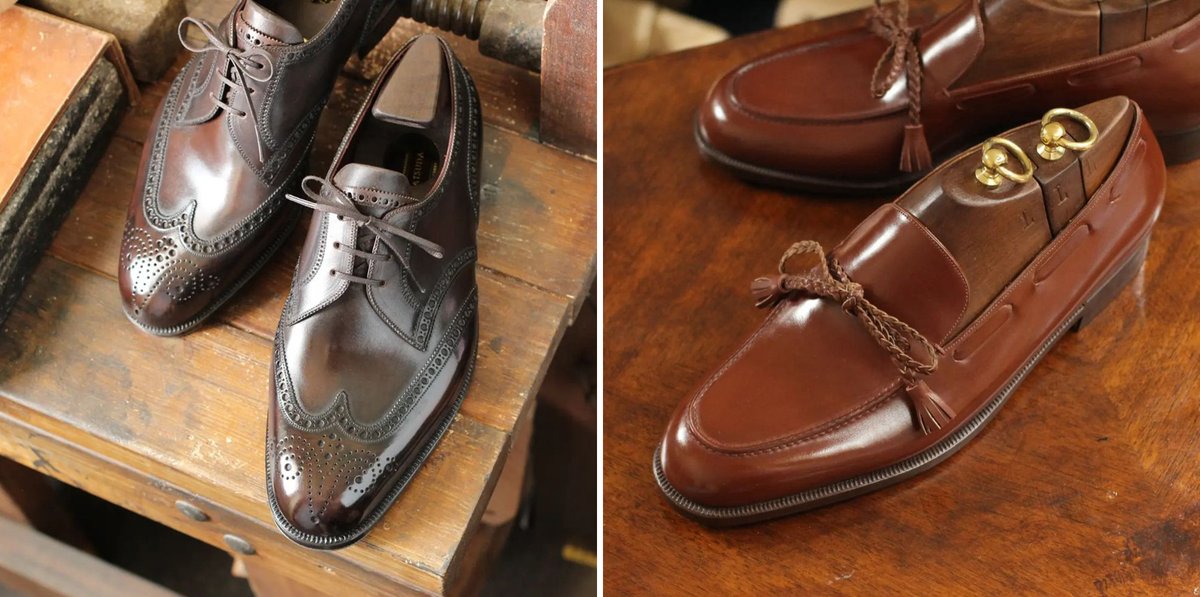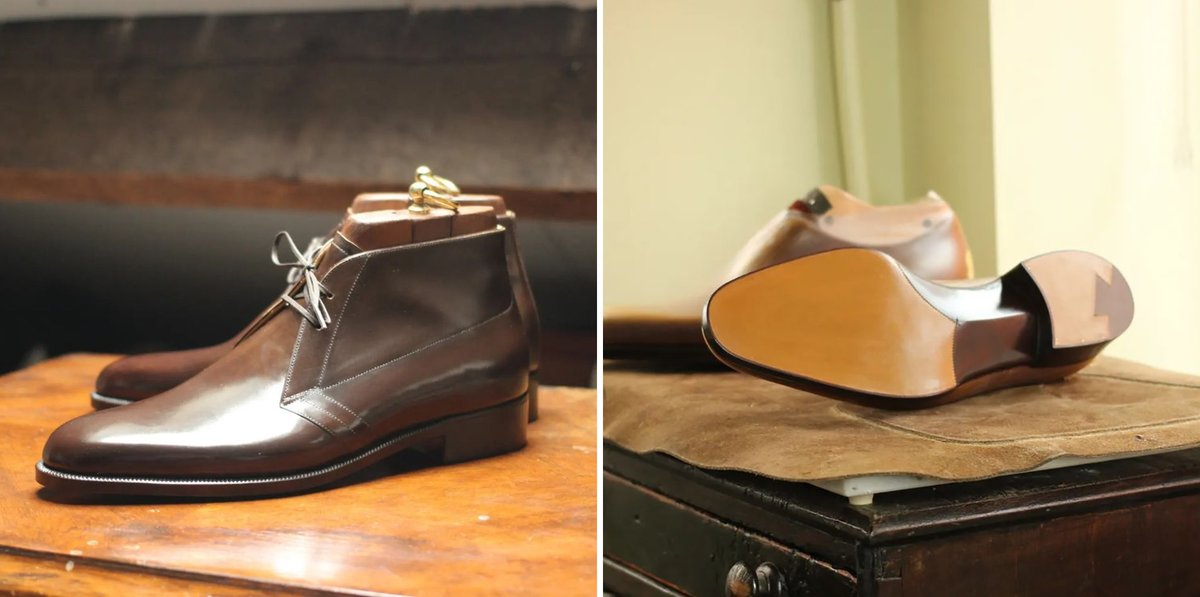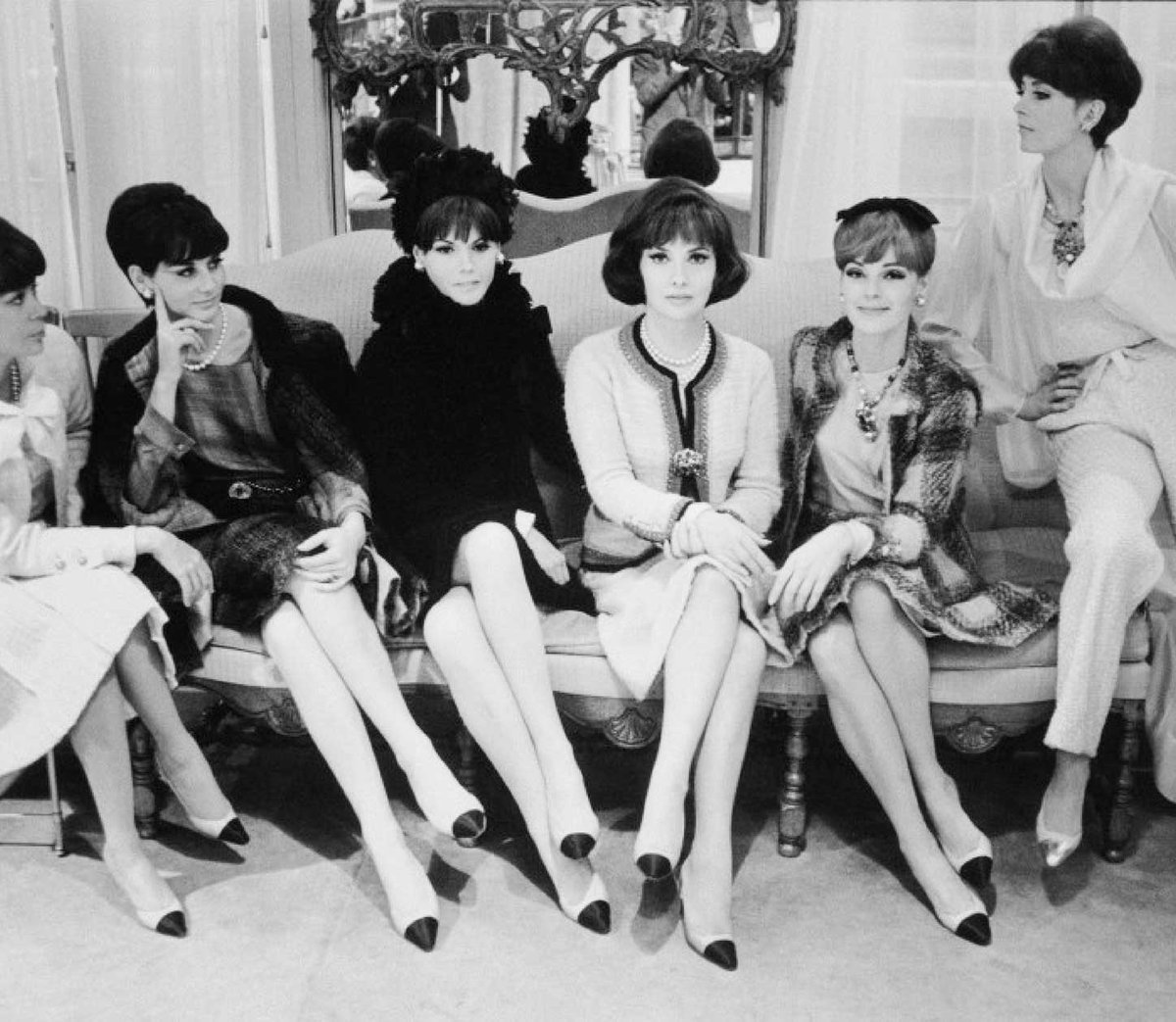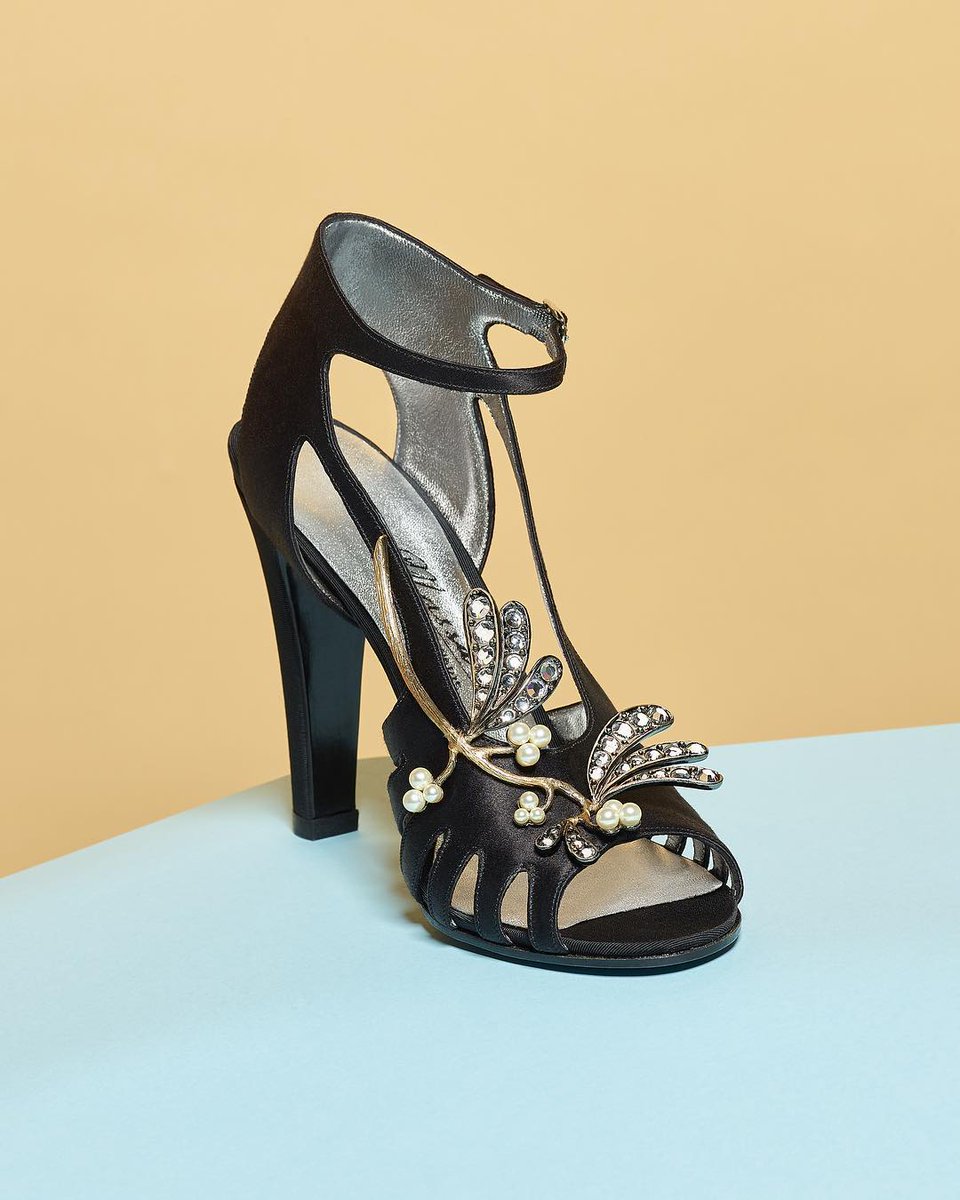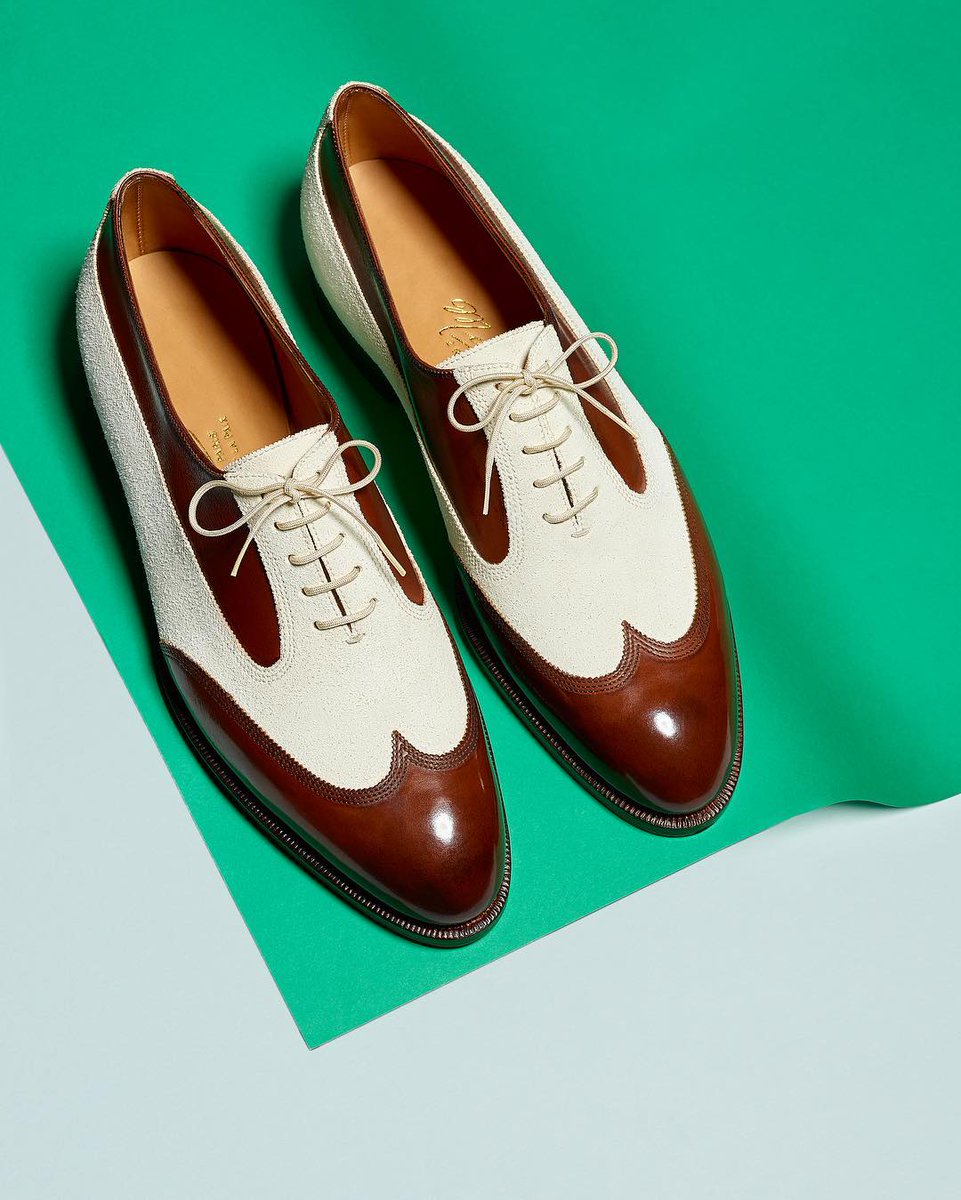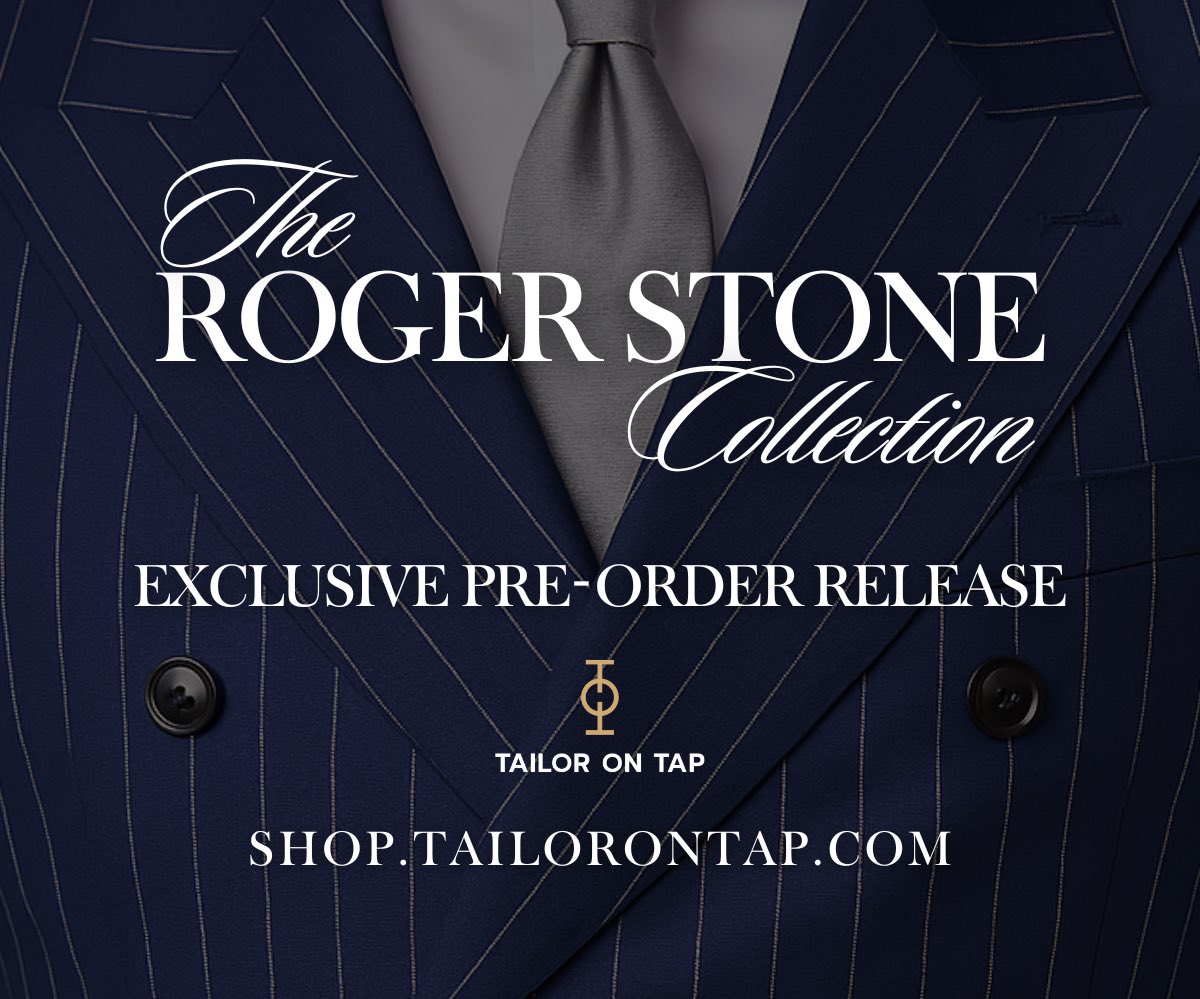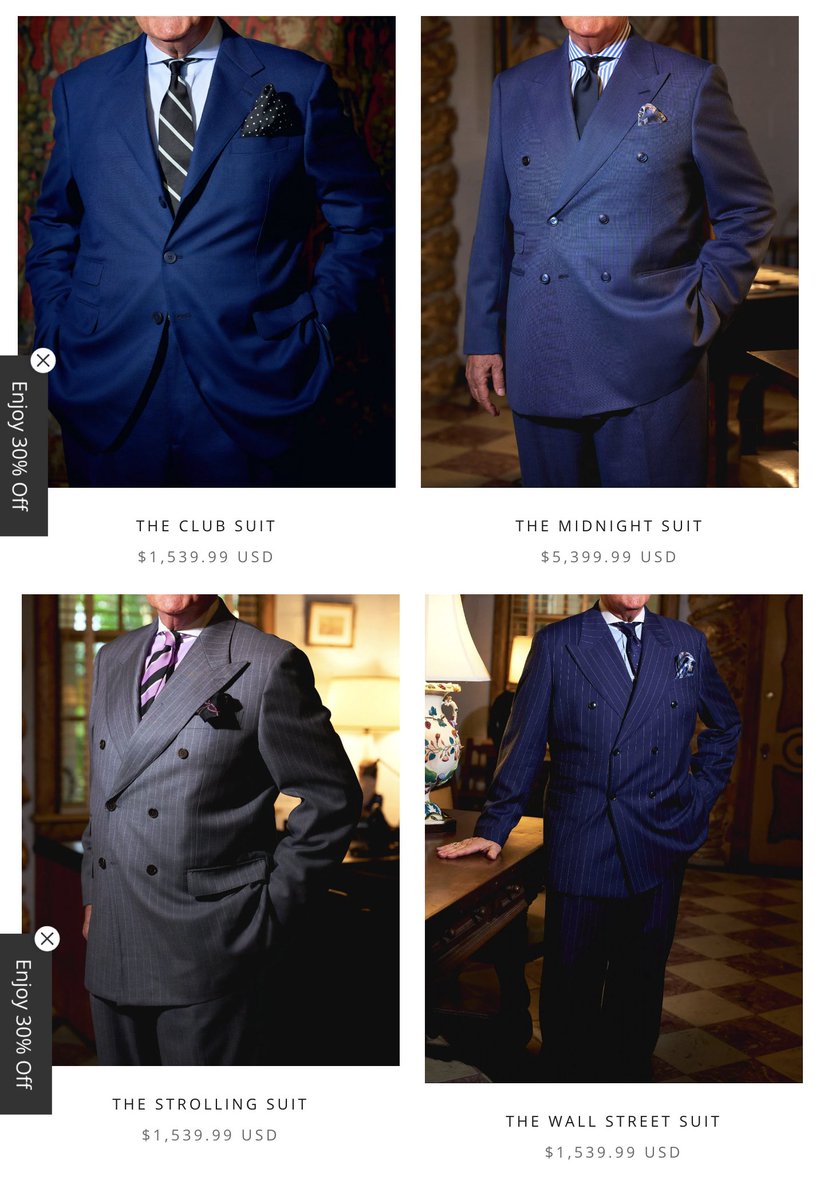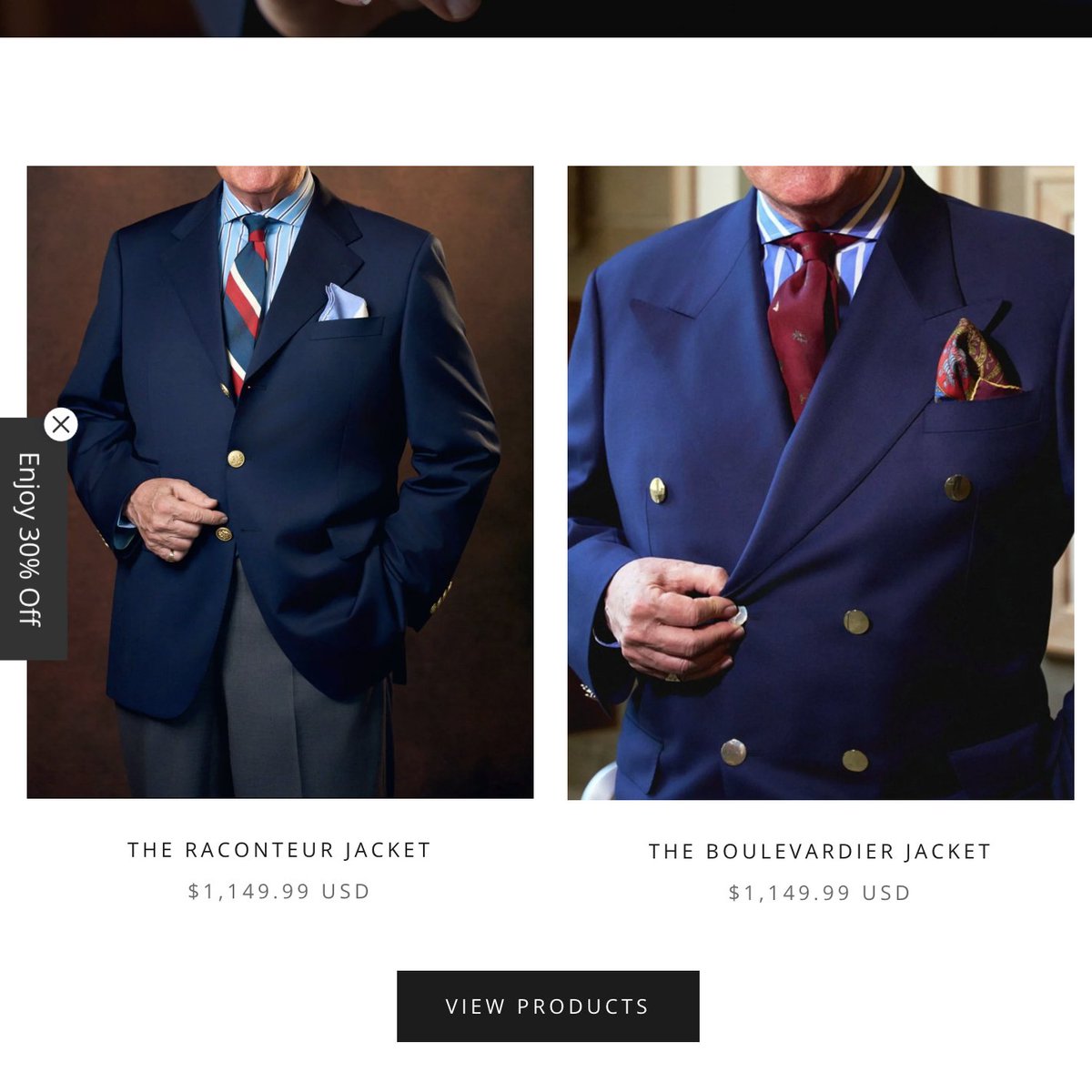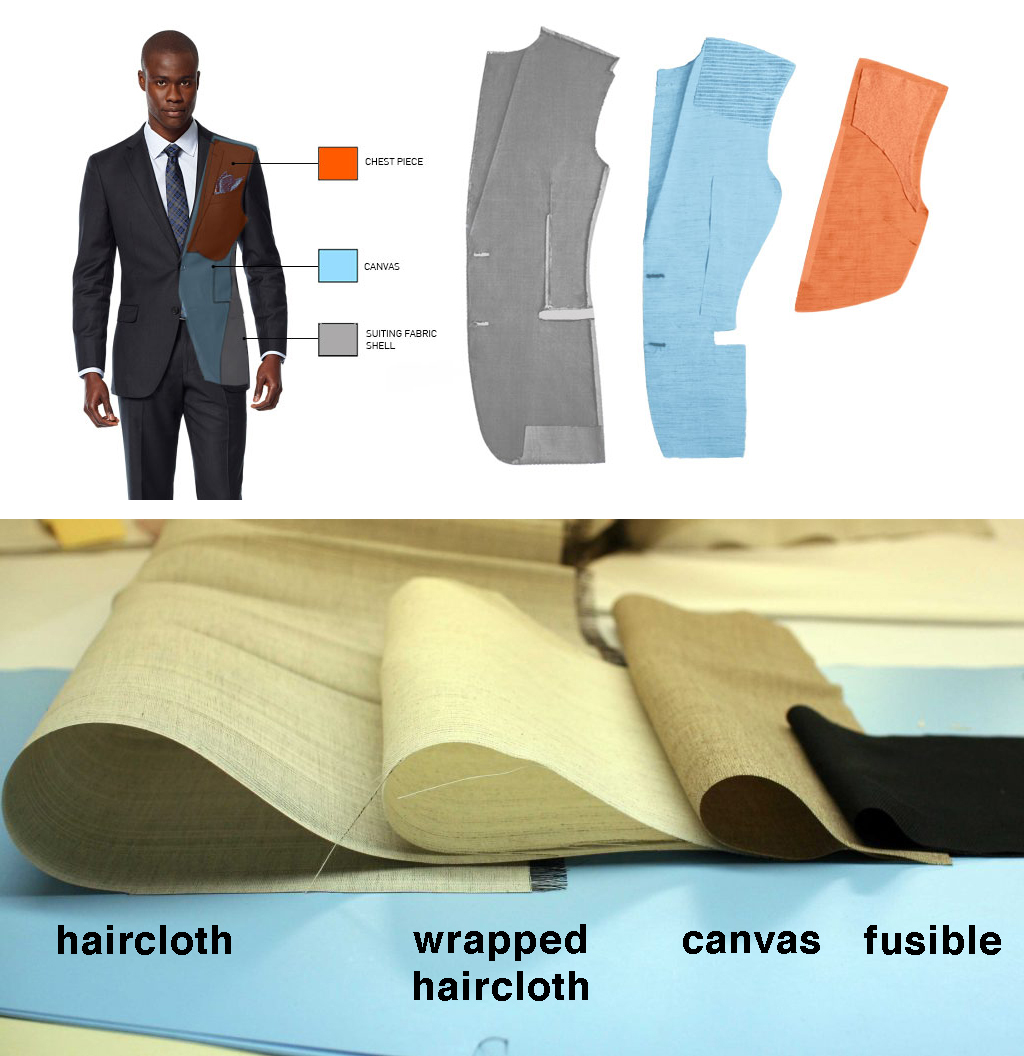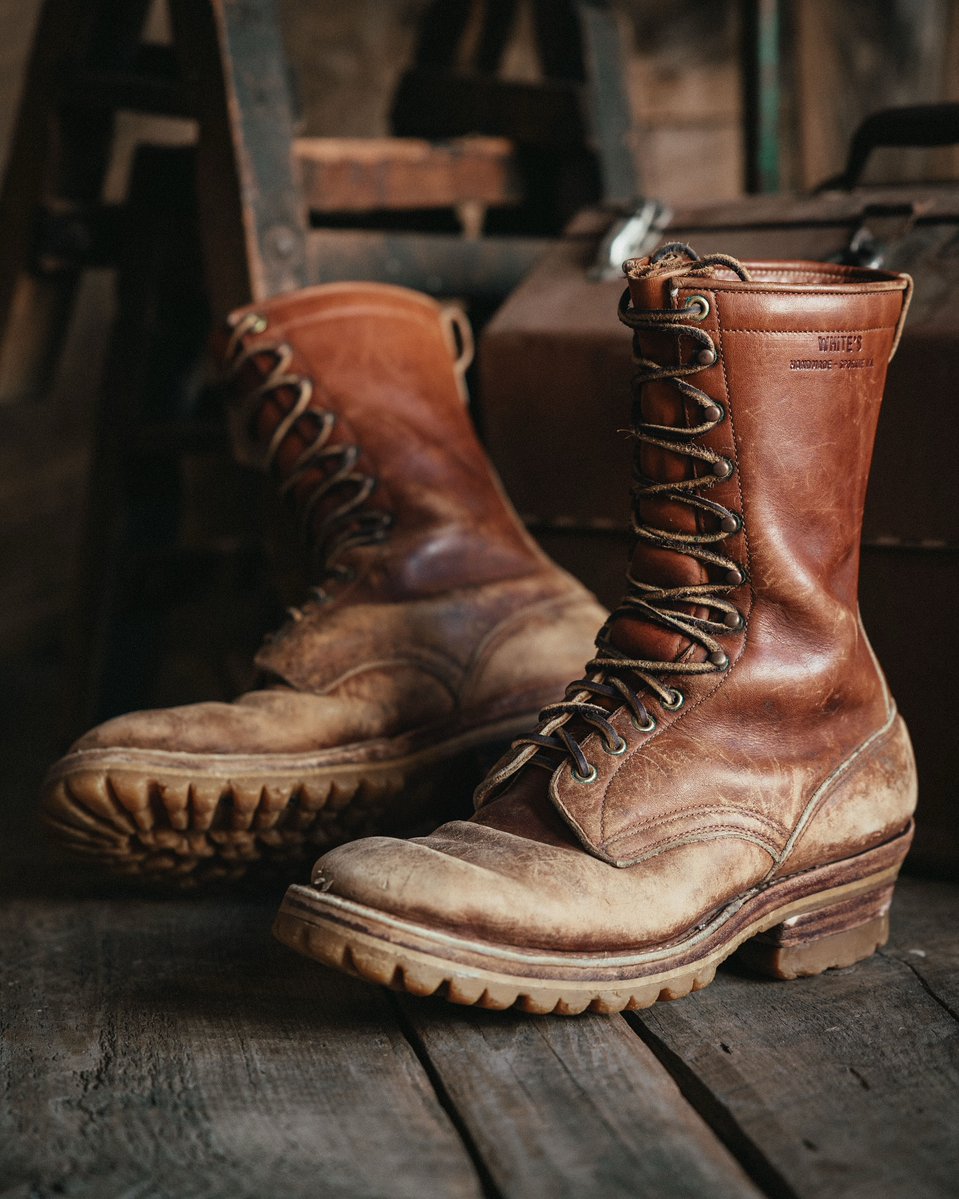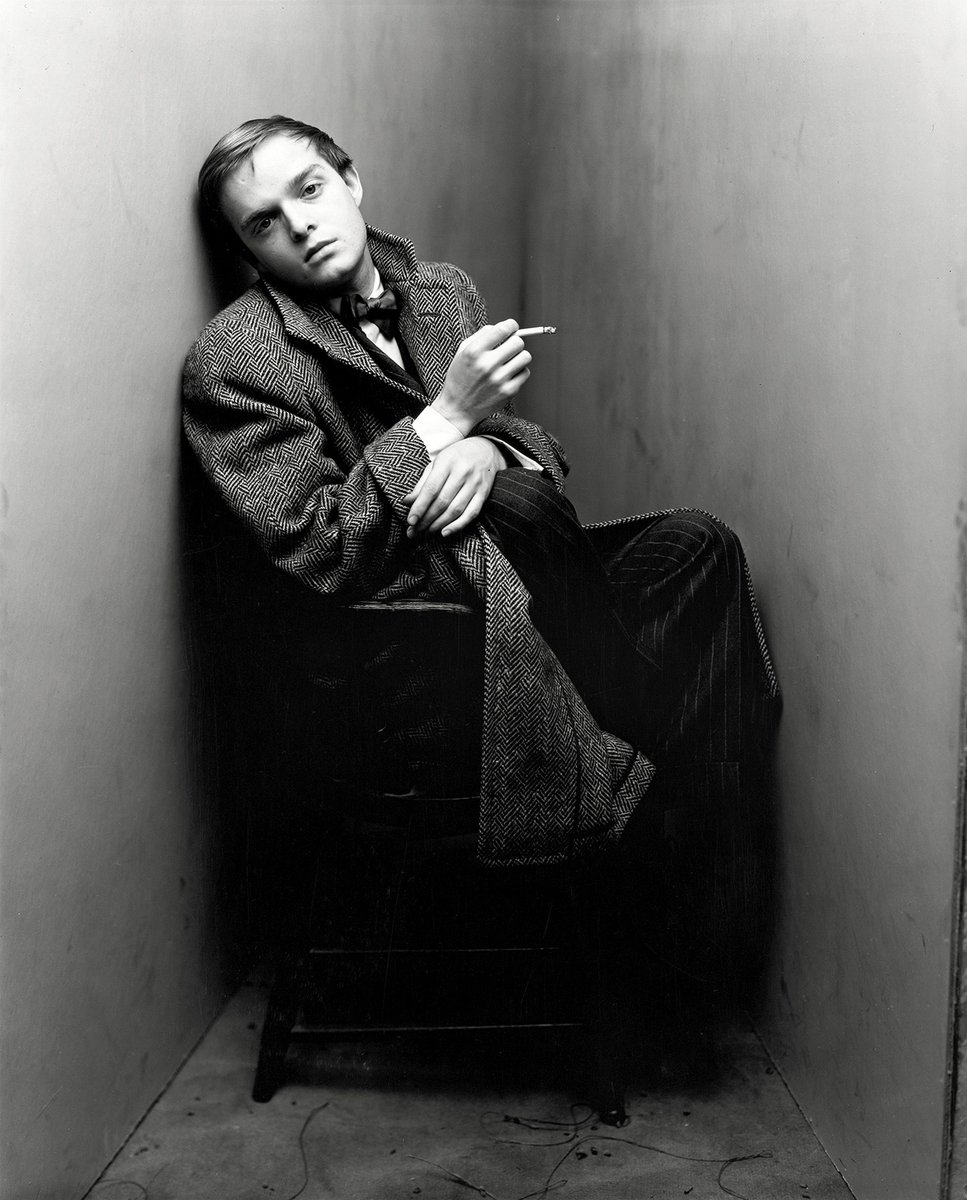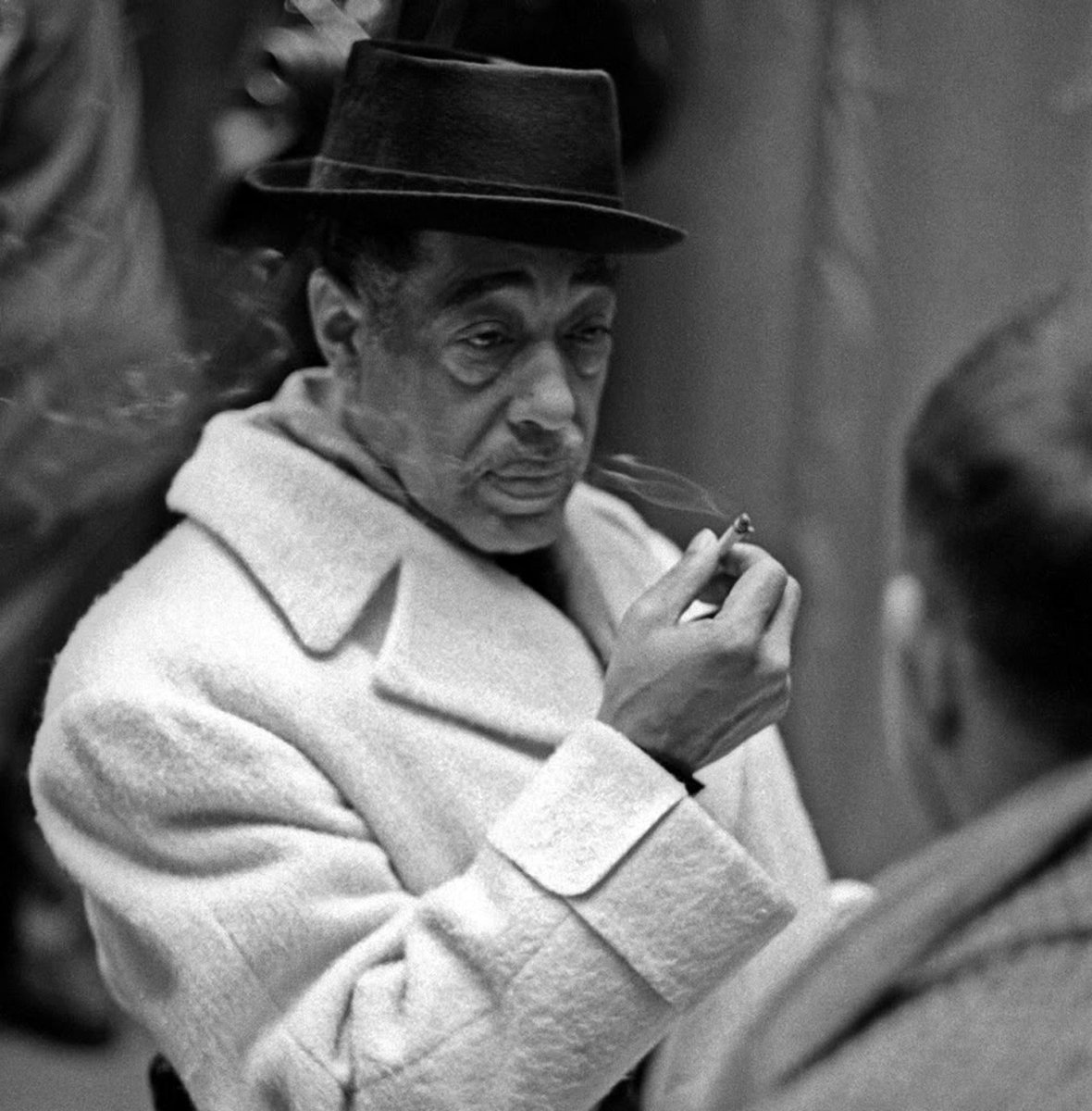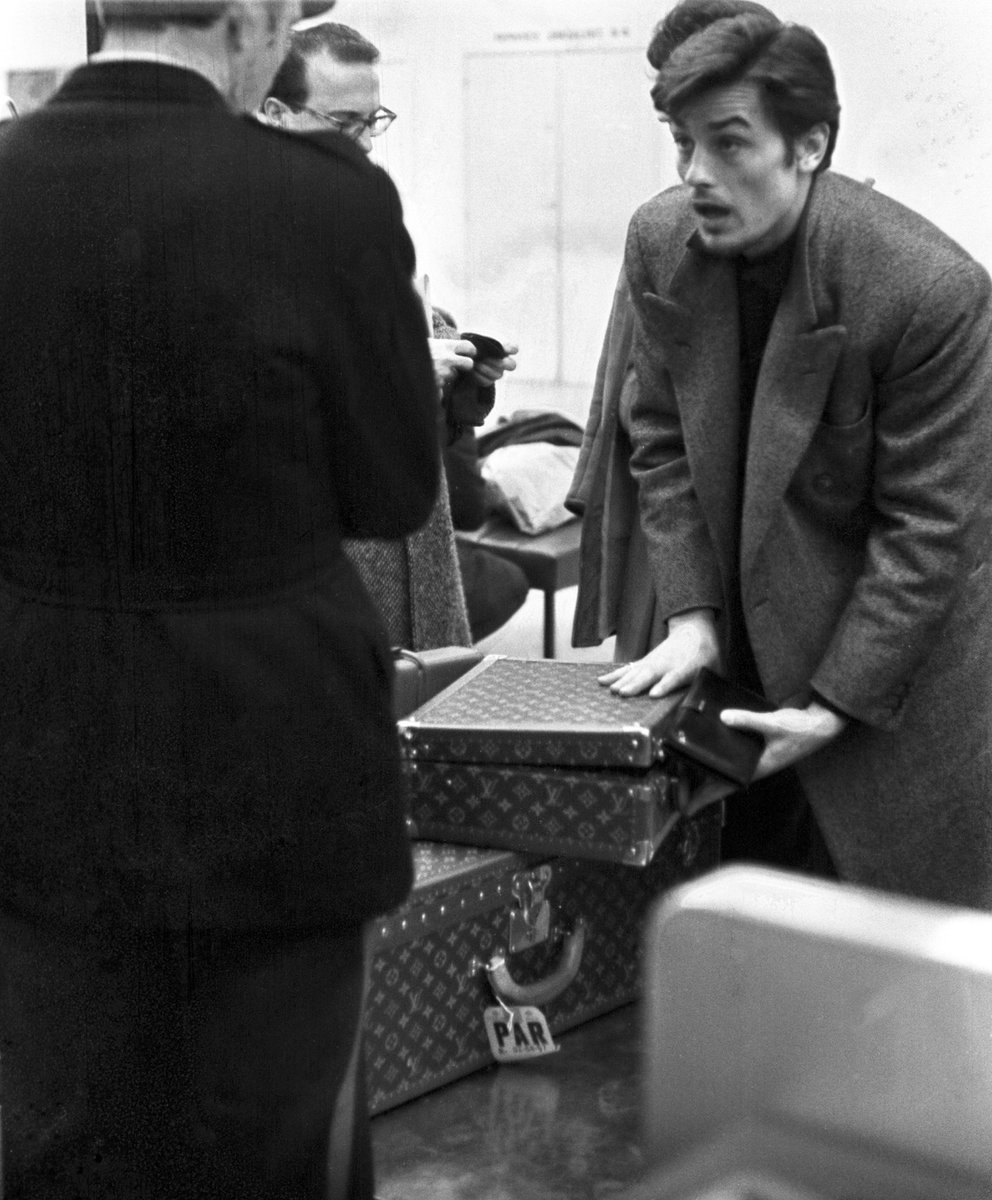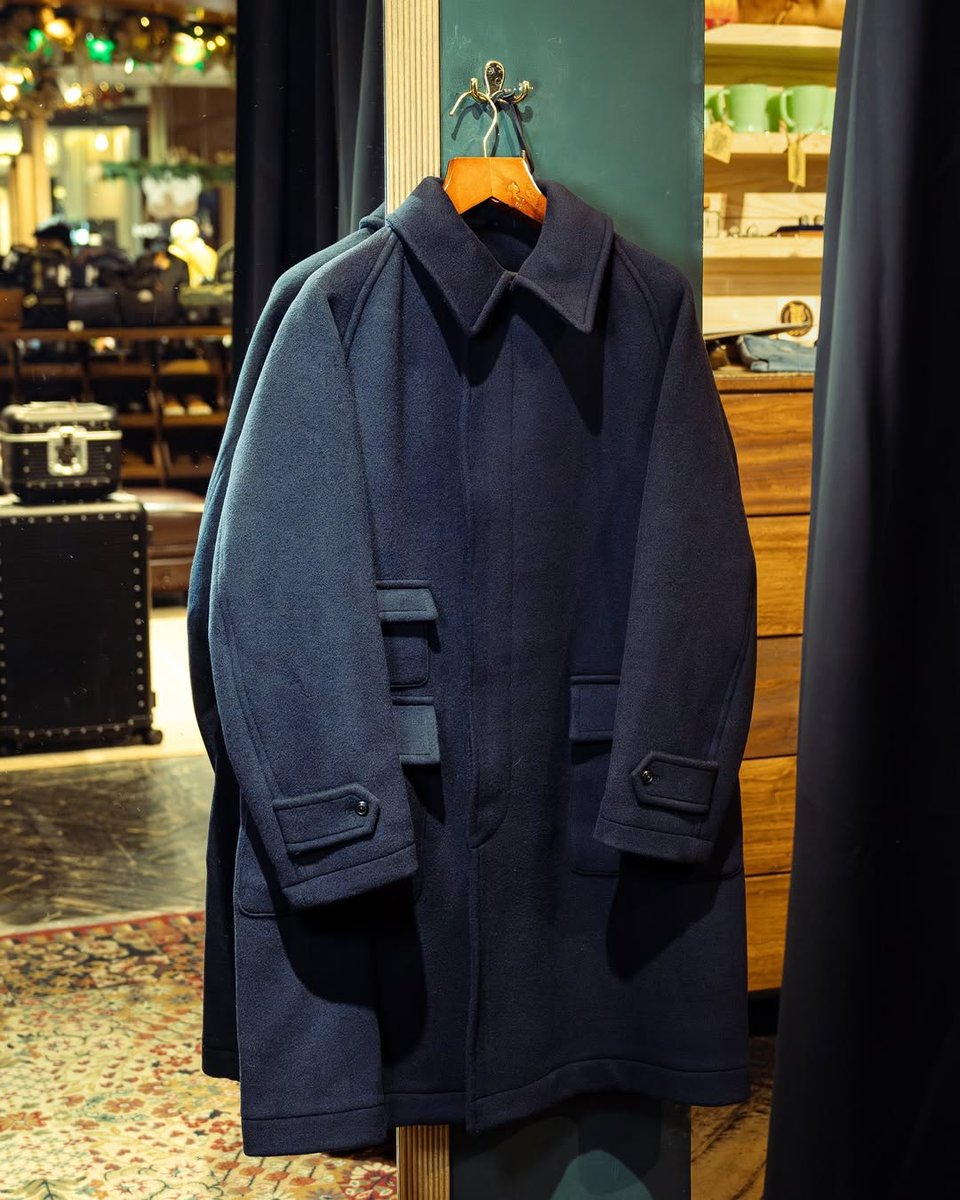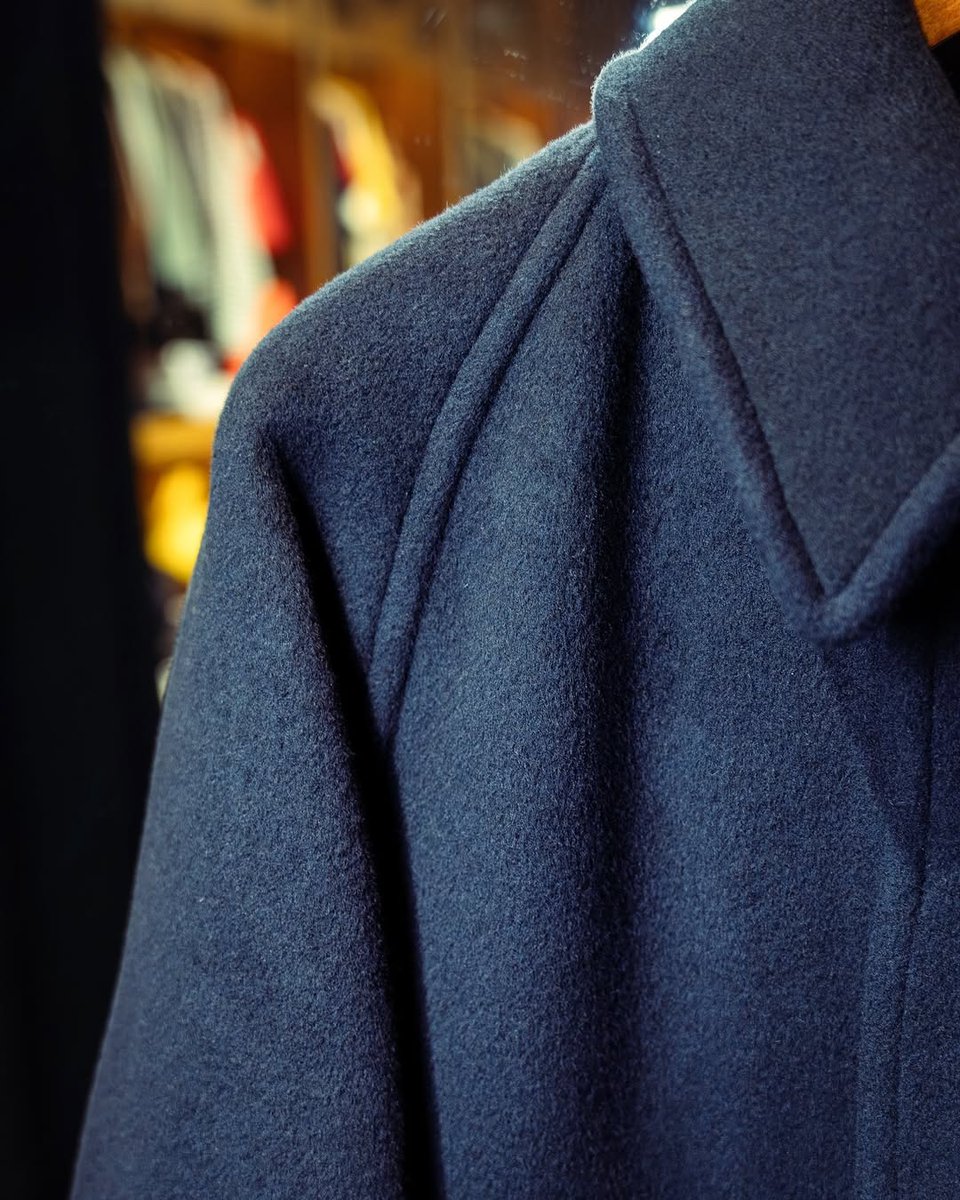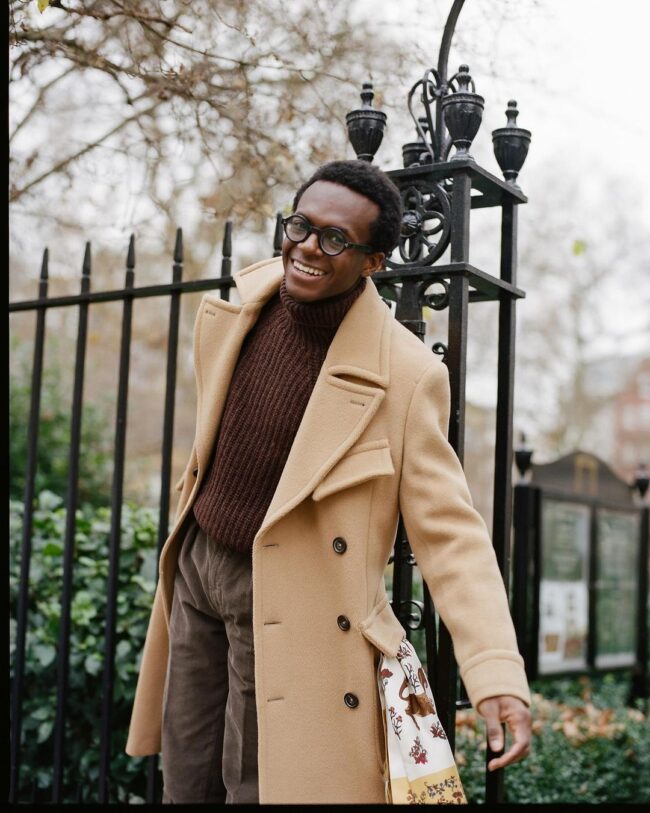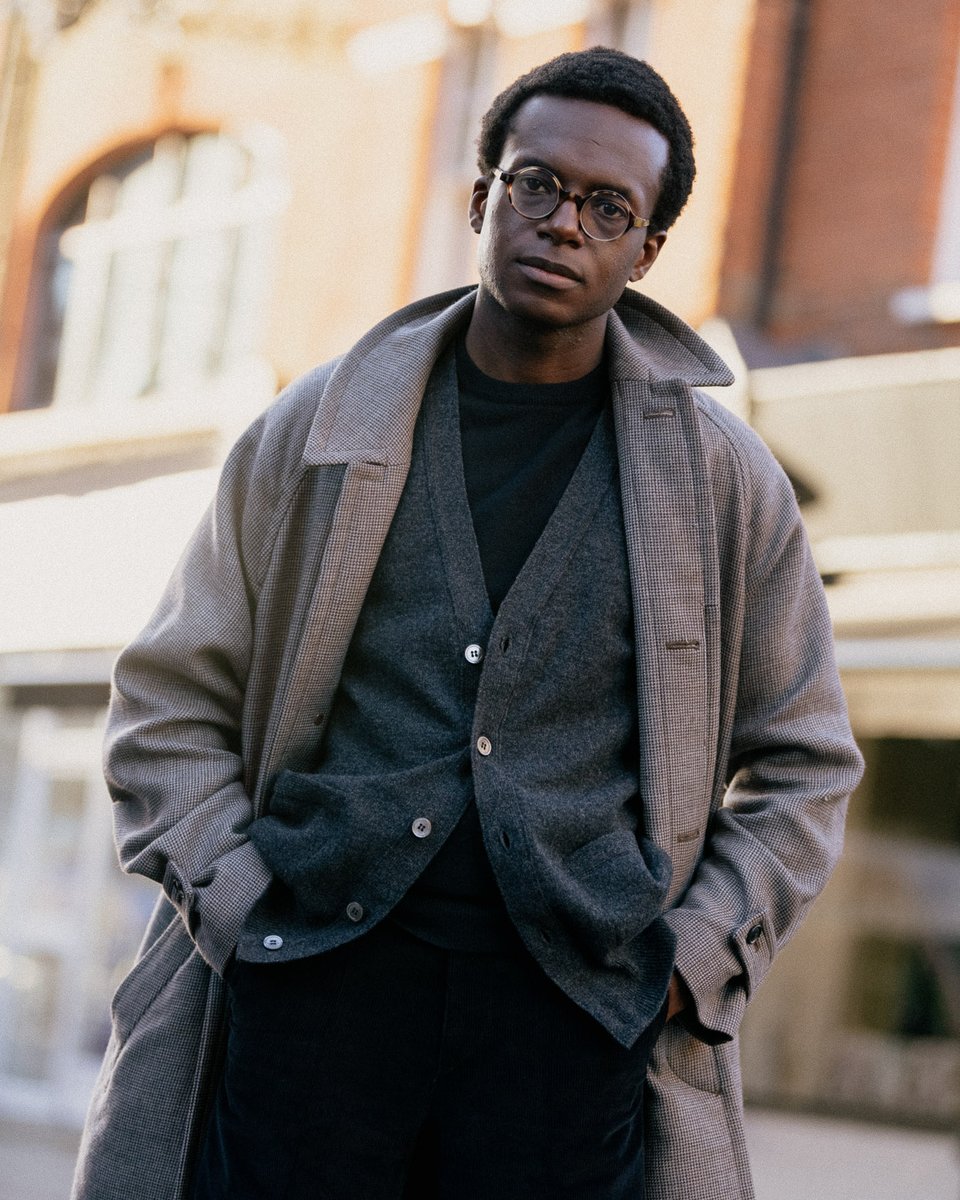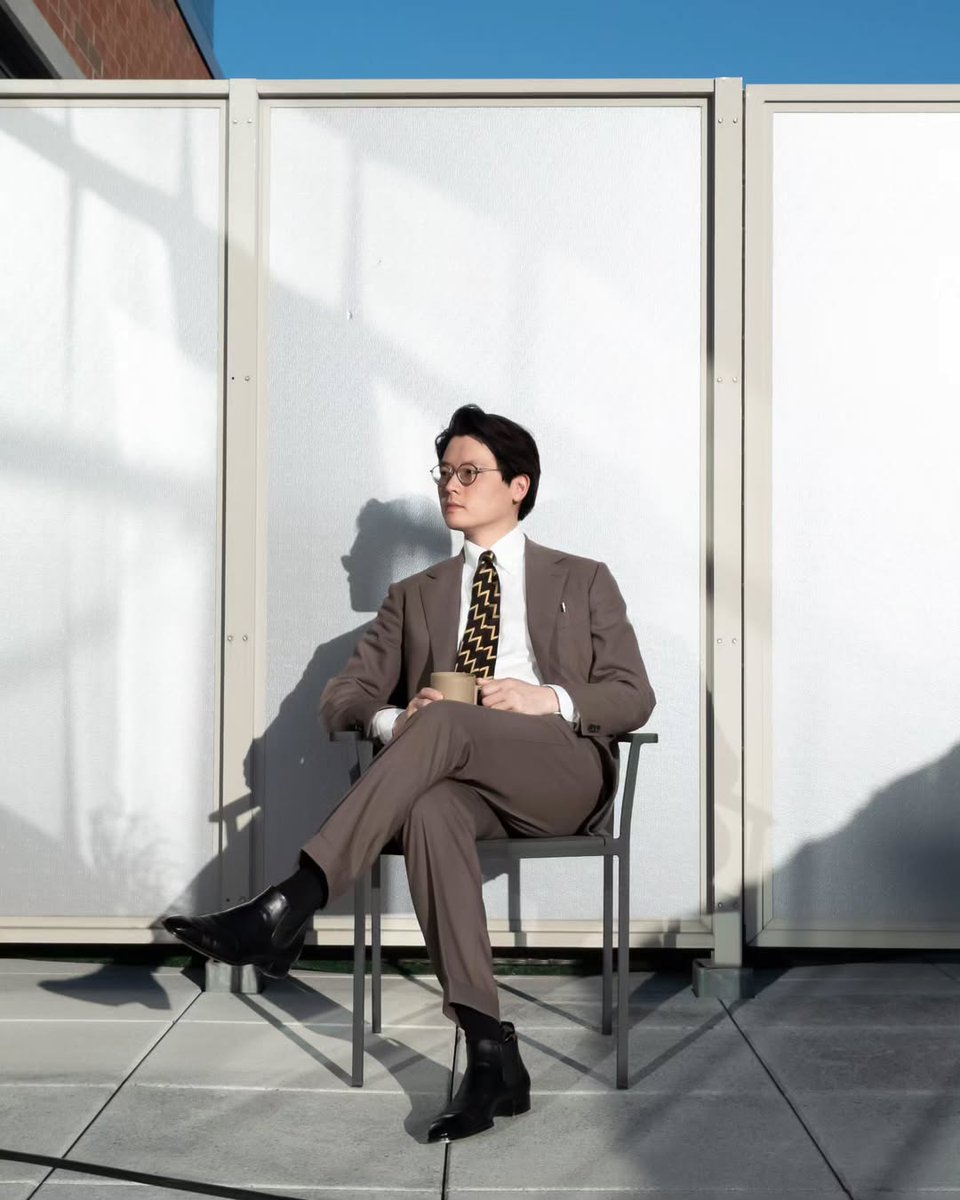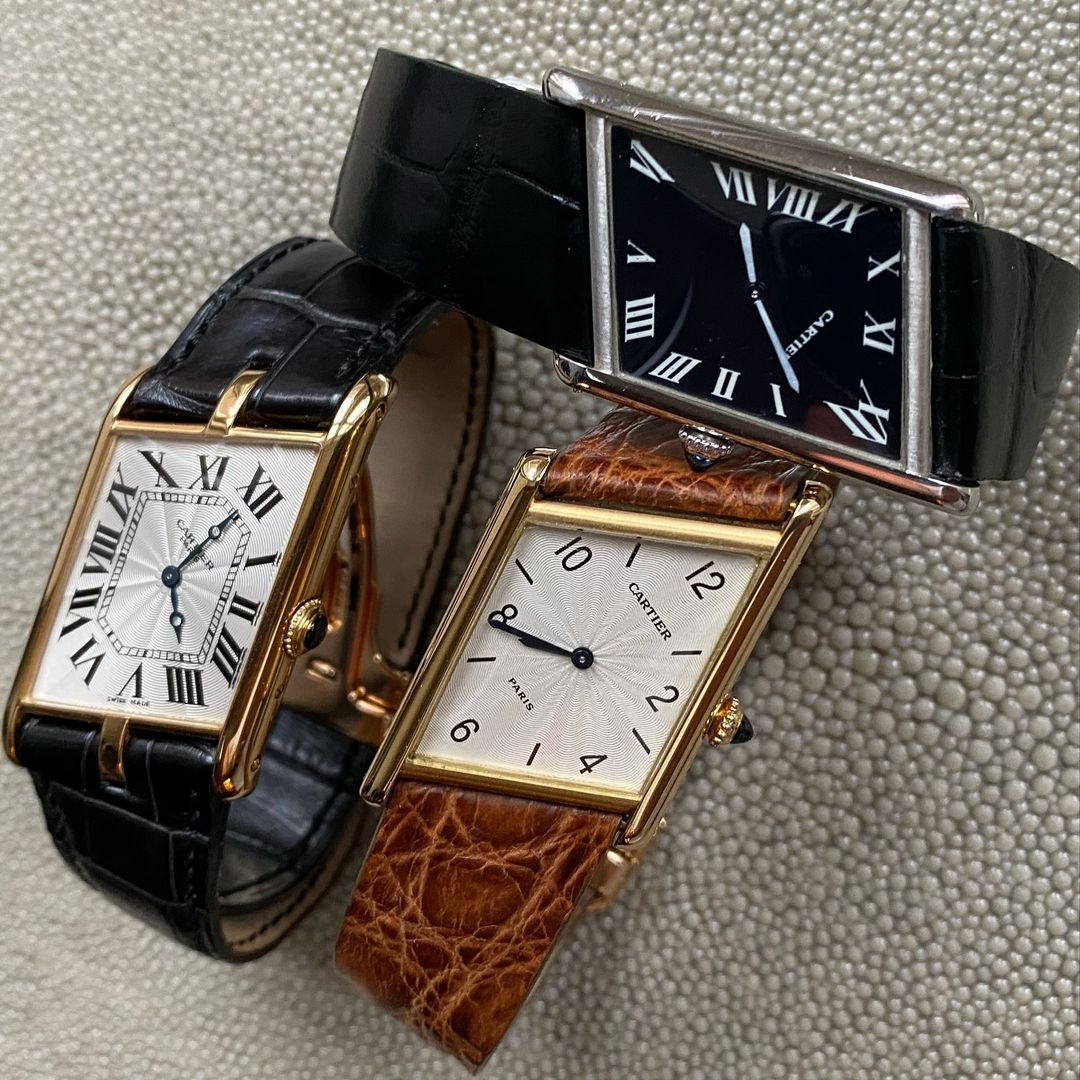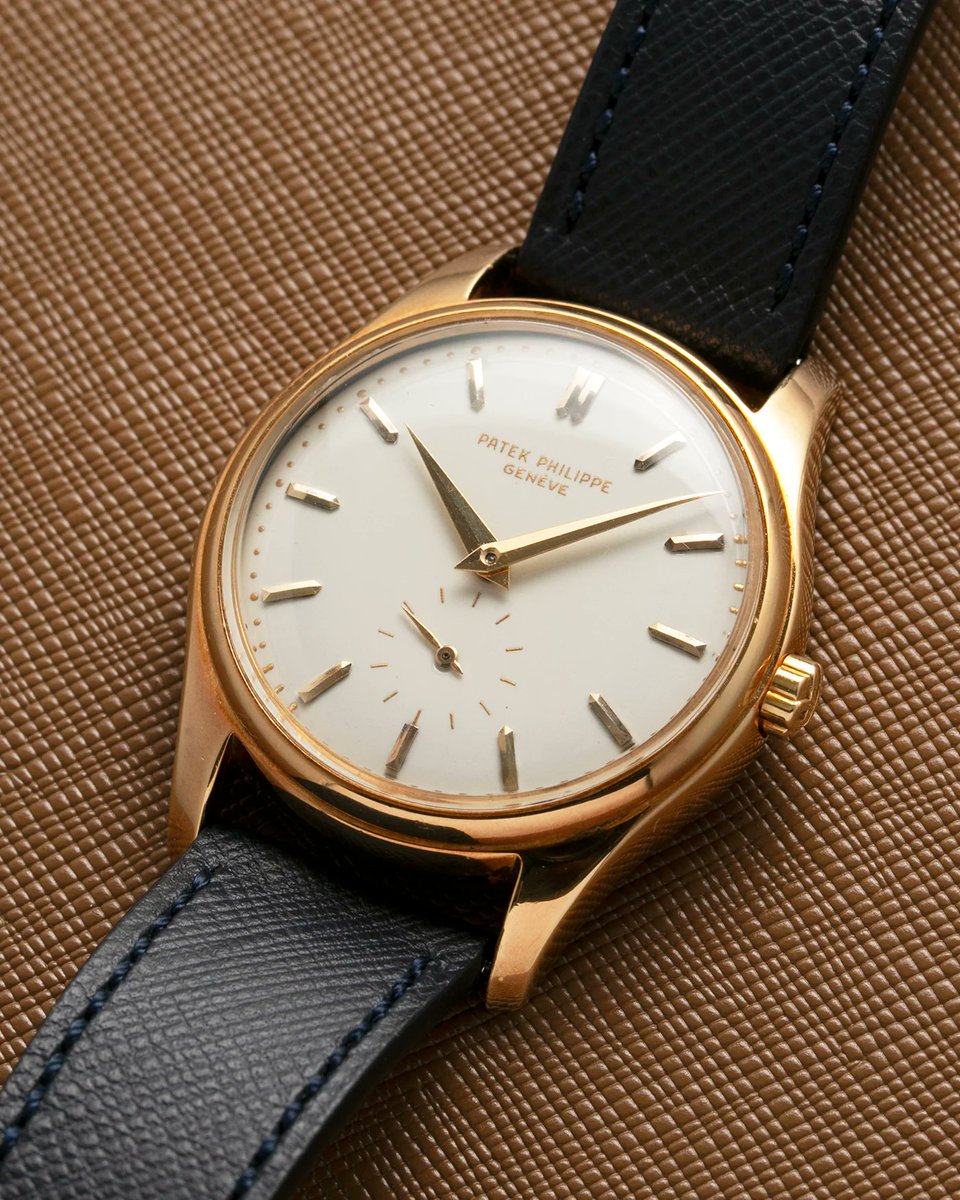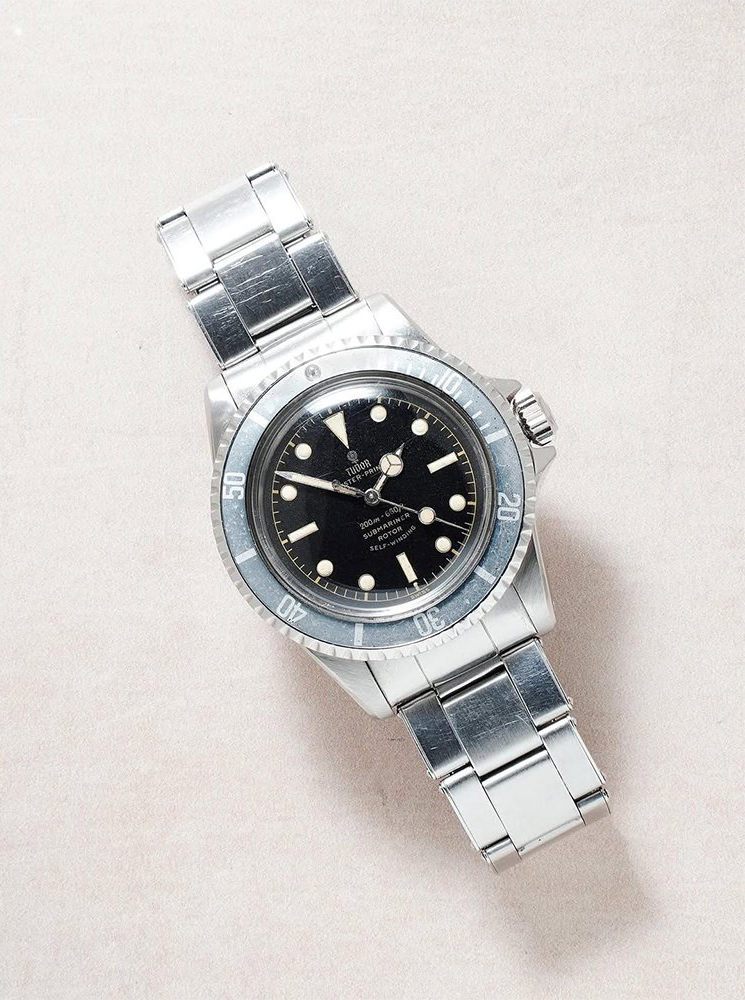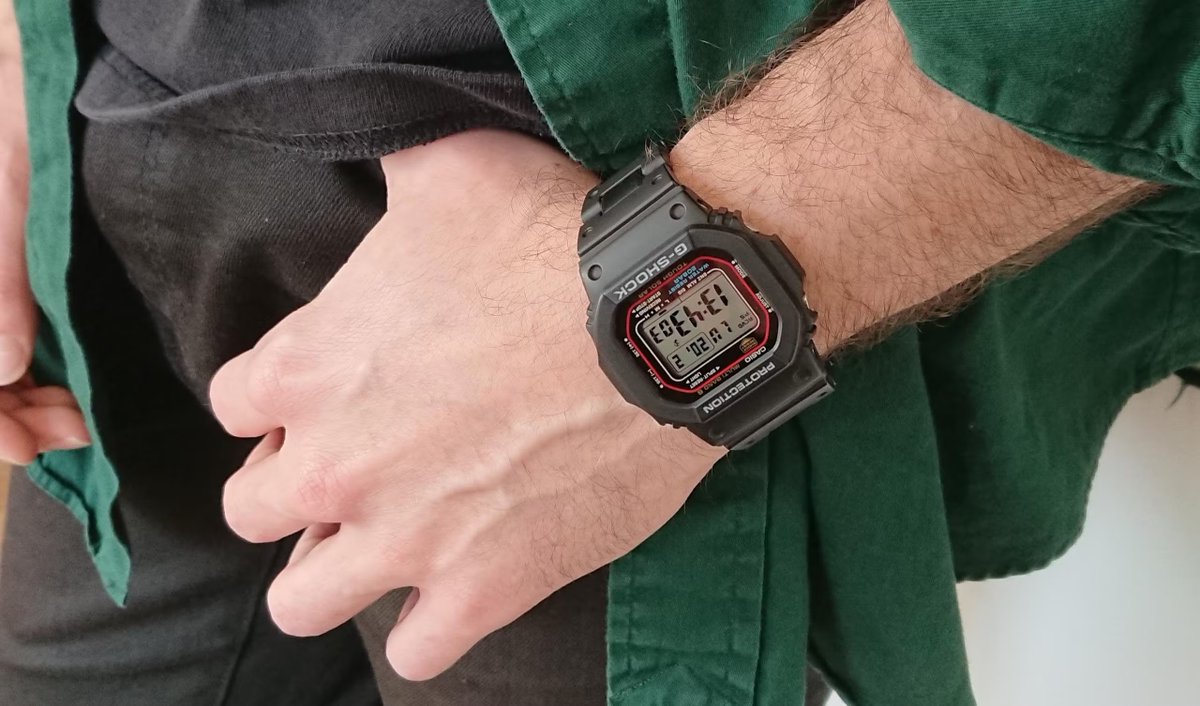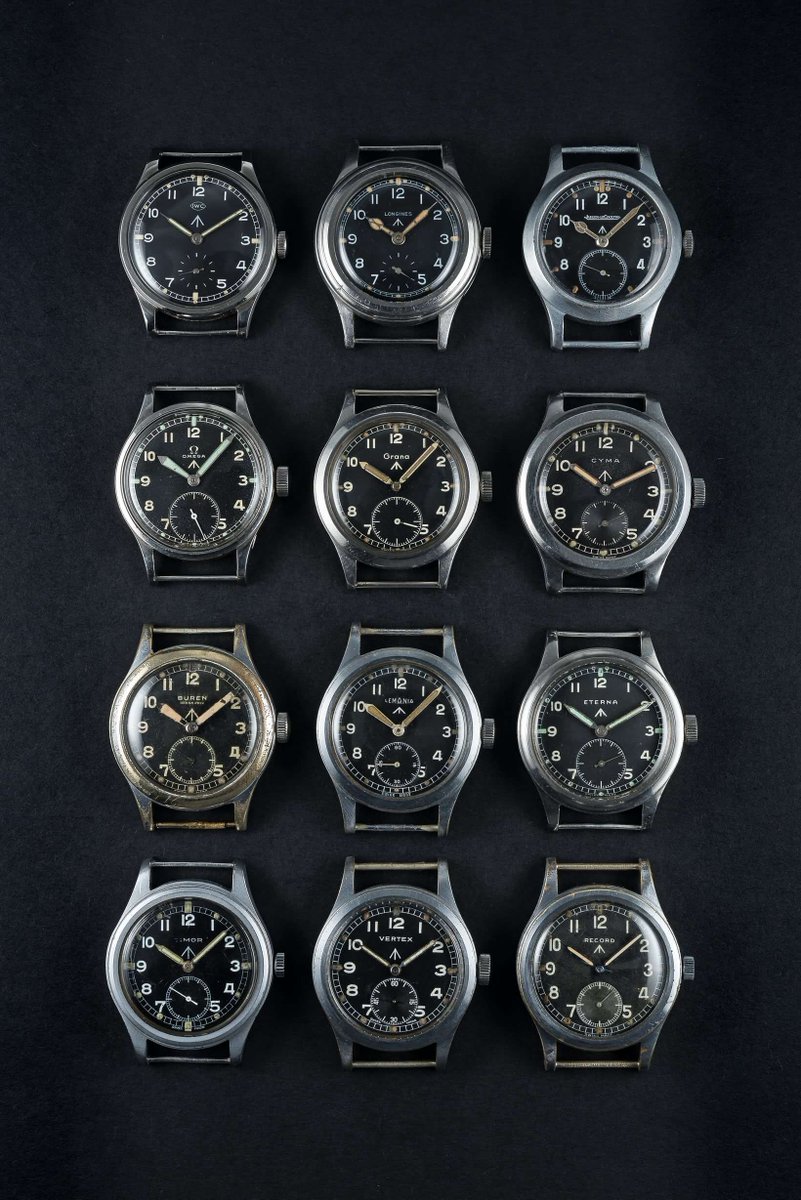HOW TO WEAR A SPORT COAT WITH JEANS
I see this sort of outfit all the time in the city, and it's pretty abysmal. So let's talk about better ways to wear sport coats with jeans 🧵
I see this sort of outfit all the time in the city, and it's pretty abysmal. So let's talk about better ways to wear sport coats with jeans 🧵
https://twitter.com/JoshKimbrellSC/status/1649094062283149313
First, let's recognize why people are doing this. As dress norms have become more relaxed and casual, many men are trying to straddle the line between looking nice and looking overly dressed up. So they are trying to find ways to dress down their tailoring.
The problem with this outfit is that there's no harmony between the upper and lower halves. It's a business suit jacket with a white dress shirt up top, faded jeans and cowboy boots down bottom. This outfit looks like a giant mullet. 

What you want to do is bridge the gap between the formality of the tailored jacket and the casualness of the jeans the best you can. This means paying attention to details and fine-tuning your outfit so there's less of a gap between the top and bottom halves of your fit. 

To start, know the difference between a suit jacket and a sport coat. A suit jacket can only be worn with jeans if it convincingly passes for a sport coat. You never want to wear a jacket that's obviously part of a suit with jeans.
https://twitter.com/dieworkwear/status/1640554423104712704
Generally speaking, a suit jacket can pass for a sport coat if it's made from a more casual fabric, such as tweed, cotton, corduroy, or linen, rather than smooth worsted wools. It also helps to have casual details like patched pockets instead of flapped, and swelled edges 



You also want to wear a more casual shirt, such as a light blue oxford cloth button-down, rather than a dressier spread collar shirt made from white poplin
Despite what u see in fashion ads, u should also forgo the tie when wearing jeans. Combining the two often looks contrived.

Despite what u see in fashion ads, u should also forgo the tie when wearing jeans. Combining the two often looks contrived.


Next is the cut. Jeans should never fit like tailored trousers, but you also want some harmony between jacket and pants in terms of silhouette. That means avoiding overly slim or low-rise jeans. Aim for a slim-straight leg with moderate rise. 

Levis Vintage Clothing's 1947 501s, Orslow 107 and 105, 3sixteen CT-100x, Blackhorse Lane NW3, Full Count 0105, Warehouse 1002, The Armoury, and Drake's are all good models to check out.
While not an ironclad rule, it's also generally easier to wear dark jeans with tailoring.
While not an ironclad rule, it's also generally easier to wear dark jeans with tailoring.

Finally, avoid dress sneakers. Go for a classic, but slightly more casual version of a traditional shoe. Suede chukkas and loafers work well. If you must wear sneakers, do a simple all-white shoe, not some wingtip with a sneaker sole.
When put together, you get something like this: a slightly more casual version of a sport coat paired with a casual shirt and classic, but casual shoes. There is coherence between the jacket and pant silhouette. 







The idea is to avoid all the mistakes you see here: obvious suit jacket + white dress shirt + red tie + low rise, skinny jeans + athletic or dress sneakers. There's no coherence between any of the pieces. Top half is too formal for bottom half. 

Personally, I think most guys should just avoid the combo, as it can take a while to develop your eye for what works. Most guys are better off buying sport coats, not repurposing suit jackets as sport coats, and wearing these with traditional tailored trousers and dress shoes. 

• • •
Missing some Tweet in this thread? You can try to
force a refresh


